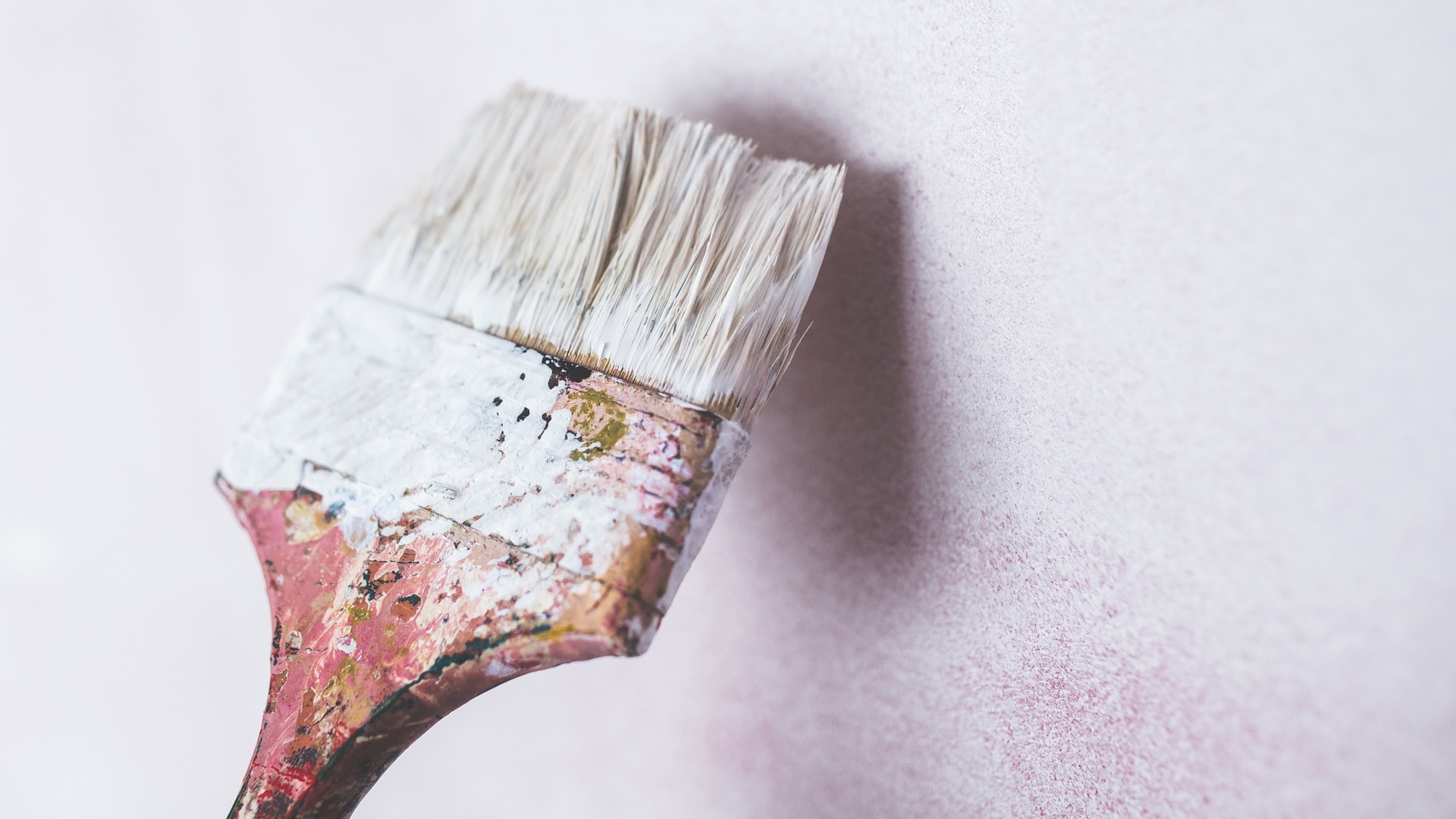Almost everybody has one. Some, alas, have more than their share. Troubled walls — those that have cracks, emerging nails, visible previous fixes, among other signs of poorly prepped walls that were painted over — need extra help. If you want to redeem a room, beginning with a well-prepared surface for your paint is essential. Particularly if you are in the process of staging your home to sell, you’re going to have to tackle these unhappy, troubled walls.
This project could be a big one, depending on the condition of the walls. Know now that some jobs were really meant for professionals. For example, if the walls in your place have multiple cracks, loose plaster, or bowing of the plasterboard, it’s best to call in somebody who can give you an estimate of just how much work is necessary. (Alternatively, your home stager will have a good idea of what must be done and at least a ballpark estimate of the cash outlay to see it through.)
To have a wall re-done in plasterboard or skim coated (plastered over and sanded smooth) can be a big expense but if it’s necessary, it’s necessary. In our current housing market, attempting to sell a half-baked home isn’t a good idea. Buyers today are excruciatingly choosy – and once you disappoint them, they won’t be back. Presentation is everything in the real estate world.
Here are a few of the biggest problems homeowners face and how to fix them.
Protruding Nails
Houses settle over time. It isn’t unusual for the nails that held the plasterboard in place to work themselves loose. Pounding these nails back into the wall won’t work. Instead, install a three centimeter plasterboard screw above or below the protruding nail. Then, using your wide putty knife as a protective fulcrum for your pry bar, pull the nail out. Fill the hole with cornice cement after you’ve removed any loose dust or paper. Then sand, prime and paint as usual.
Cracks
As a house settles it is not uncommon for cracks to develop adjacent to windows and doors. You cannot fill these cracks with cornice cement and expect that they will never come back. They will return like the proverbial bad penny.
The only way to eliminate these cracks (and the fix may reappear after the house settles more) is wall surgery.
First, using your utility knife, cut a V-shaped groove along the entire length of the crack. You will then fill the groove with cornice cement. After you’ve allowed it to dry thoroughly, sand it flush with the wall.
Place mesh tape over the full length of the crack. Apply another coat of cornice cement over the tape and extended the compound from four to eight centrimetres on both sides of the tape. Ultimately, you’ll want to add a second and third coat, allowing the cornice cement to dry thoroughly between coats, extending the mud and feathering it out 16 to 20 centimetres from the tape using a 20cm taping blade. When the surface is completely dry, sand it thoroughly. (Prime this entire area before painting or you’ll have what we call ‘flashing’.)
Flashing
We’ve all seen this. Flashing happens when a wall repair – like a simple nail hole – is filled with cornice cement then painted without priming it first. The cornice cement sucks up the moisture in the paint, and the “fix” is as visible as if it hadn’t been prepped at all. Always prime any places where you’ve used cornice cement before you paint.
Torn Paper
The paper coating of gypsum board occasionally gets gouged and torn. When this happens, you’ll need to seal the surface around the tear first. Remove any torn edges, and then use a stain blocking primer to seal the plasterboard. Sand away any rough edges and use cornice cement to smooth the edges of the tear. When the cornice cement is dry seal it with the same primer and allow it all to dry thoroughly before painting.
“Artwork”
Occasionally our littlest family members decide to become creative with crayons or markers on our walls. This is not a huge problem, but it does require that you seal the area carefully with a stain-blocking primer before you paint the room. If you fail to do this, the art will bleed through layer upon layer of paint. Do yourself a favour and prime over any stain that might come back BEFORE you paint.
Well-prepped walls are the most critical factor in achieving a professional-looking paint job. Take your time and do it right. You’ll be thrilled with the results.




